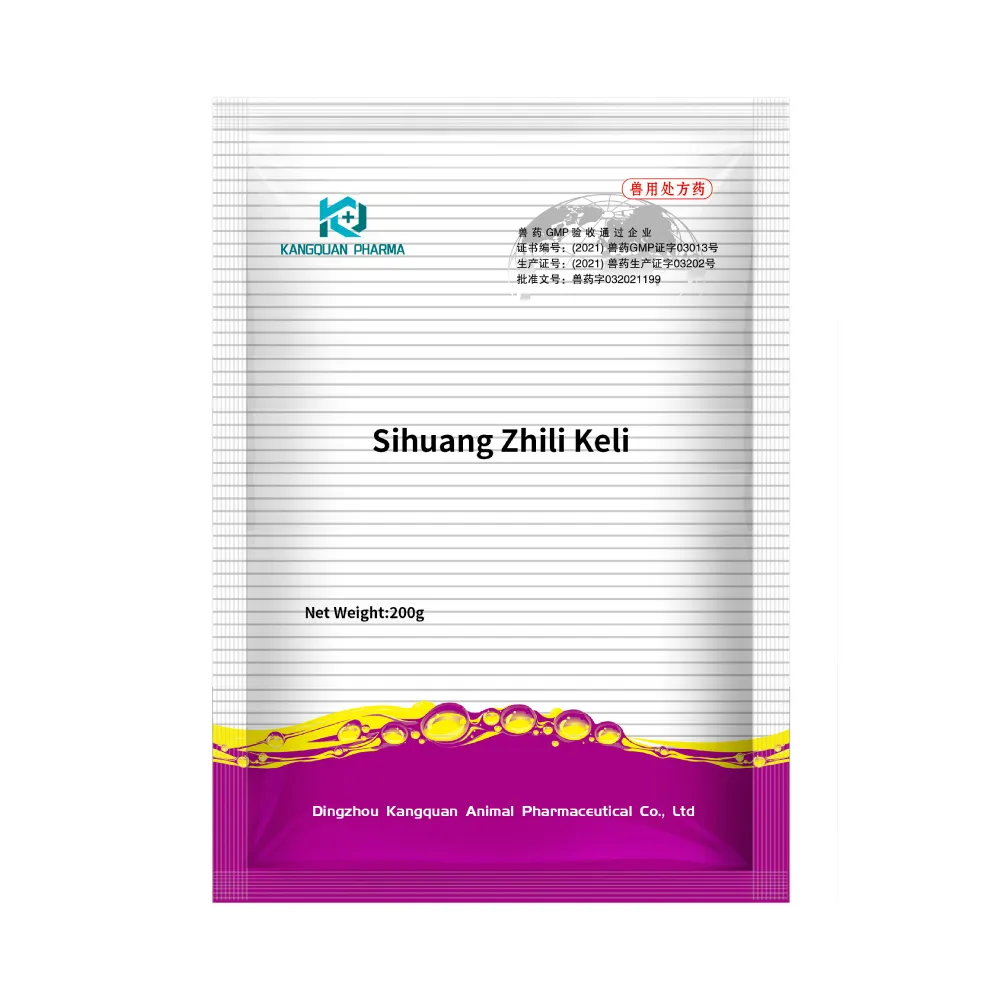- Afrikaans
- Albanian
- Amharic
- Arabic
- Armenian
- Azerbaijani
- Basque
- Belarusian
- Bengali
- Bosnian
- Bulgarian
- Catalan
- Cebuano
- Corsican
- Croatian
- Czech
- Danish
- Dutch
- English
- Esperanto
- Estonian
- Finnish
- French
- Frisian
- Galician
- Georgian
- German
- Greek
- Gujarati
- Haitian Creole
- hausa
- hawaiian
- Hebrew
- Hindi
- Miao
- Hungarian
- Icelandic
- igbo
- Indonesian
- irish
- Italian
- Japanese
- Javanese
- Kannada
- kazakh
- Khmer
- Rwandese
- Korean
- Kurdish
- Kyrgyz
- Lao
- Latin
- Latvian
- Lithuanian
- Luxembourgish
- Macedonian
- Malgashi
- Malay
- Malayalam
- Maltese
- Maori
- Marathi
- Mongolian
- Myanmar
- Nepali
- Norwegian
- Norwegian
- Occitan
- Pashto
- Persian
- Polish
- Portuguese
- Punjabi
- Romanian
- Russian
- Samoan
- Scottish Gaelic
- Serbian
- Sesotho
- Shona
- Sindhi
- Sinhala
- Slovak
- Slovenian
- Somali
- Spanish
- Sundanese
- Swahili
- Swedish
- Tagalog
- Tajik
- Tamil
- Tatar
- Telugu
- Thai
- Turkish
- Turkmen
- Ukrainian
- Urdu
- Uighur
- Uzbek
- Vietnamese
- Welsh
- Bantu
- Yiddish
- Yoruba
- Zulu
des. . 11, 2024 10:57 Back to list
Disinfectants Commonly Employed in Veterinary Medicine and Their Importance in Animal Care
The Role of Disinfectants in Veterinary Practice
Disinfectants are a vital component of veterinary practice, playing a crucial role in maintaining the health and safety of both animals and humans. The use of effective disinfectants helps to control the spread of infectious diseases in veterinary settings, ensuring that a clean and safe environment is maintained. This article will delve into the types of disinfectants commonly used in veterinary practice, their mechanisms of action, and best practices for their application.
Types of Disinfectants
Veterinary practices utilize a wide variety of disinfectants, each chosen for its effectiveness against specific pathogens and suitability for various applications. Some of the most commonly used disinfectants include
1. Quaternary Ammonium Compounds (Quats) Quats are widely used due to their effectiveness, ease of use, and low toxicity. They are particularly effective against gram-positive bacteria and enveloped viruses. However, they may be less effective against certain viruses, bacterial spores, and mycobacteria, so it’s essential to understand their limitations in specific situations.
2. Bleach (Sodium Hypochlorite) Bleach is a potent disinfectant that is highly effective against a broad spectrum of pathogens, including bacteria, viruses, and fungi. It is particularly useful for disinfecting surfaces in areas where high levels of pathogen control are necessary, such as isolation wards. However, its corrosive nature and the potential for tissue irritation means that it should be used with caution and appropriately diluted.
3. Phenolic Compounds These disinfectants are effective against a wide range of microorganisms, including viruses and bacteria, and are particularly useful in veterinary medicine due to their residual efficacy. However, they can be harsh on certain surfaces and may require specific applications to avoid damage.
4. Aldehydes (e.g., Formaldehyde and Glutaraldehyde) Aldehydes are powerful disinfectants that are effective against a broad spectrum of organisms, including resistant bacterial spores. Due to their potency, they are often used for high-level disinfection or sterilization protocols. However, they can be toxic to humans and require careful handling and application.
5. Hydrogen Peroxide This oxidizing agent is effective against bacteria and viruses and is often used in various concentrations for surface disinfection and sterilization. It is biodegradable and breaks down into water and oxygen, making it an environmentally friendly option.
Mechanisms of Action
Disinfectants work by actively killing or inactivating microorganisms, disrupting their cellular structures and functions
. The mechanisms can vary significantly depending on the type of disinfectant- Oxidizing Agents (like bleach and hydrogen peroxide) work by breaking down the cellular components of pathogens through oxidation, effectively destroying their structural integrity. - Surfactants (found in quats) disrupt the cell membrane of bacteria, leading to cell lysis and death.
disinfectants used in veterinary practice

- Alkylating agents (such as formaldehyde) interfere with the protein and nucleic acid synthesis of microorganisms, effectively preventing their reproduction and leading to cell death.
Best Practices for Use
To maximize the effectiveness of disinfectants in veterinary practice, it is essential to follow best practices
1. Dilution and Concentration Always follow manufacturer guidelines regarding the proper dilution and concentration for effective use.
2. Contact Time Ensure that disinfectants are allowed to remain on surfaces for the recommended contact time to achieve effective disinfection.
3. Surface Cleaning Thorough cleaning should precede disinfection, as organic matter such as dirt and debris can significantly reduce the effectiveness of disinfectants.
4. Safety Protocols Employ appropriate personal protective equipment (PPE) when handling disinfectants to minimize the risk of exposure to harmful chemicals.
5. Routine Monitoring Implement routine checks and monitoring to ensure that disinfection protocols are consistently followed and effective.
6. Training Regular training for all staff on the proper use of disinfectants can enhance efficacy and safety in veterinary settings.
Conclusion
The use of disinfectants in veterinary practice is indispensable in controlling infectious diseases and ensuring the safety and health of both animals and humans. By understanding the different types of disinfectants available, their mechanisms of action, and best practices for use, veterinary practices can create a safe and effective environment for all patients. Ongoing education and adherence to safety protocols will further enhance the best practices in disinfection, ultimately leading to improved health outcomes in veterinary care.
-
Guide to Oxytetracycline Injection
NewsMar.27,2025
-
Guide to Colistin Sulphate
NewsMar.27,2025
-
Gentamicin Sulfate: Uses, Price, And Key Information
NewsMar.27,2025
-
Enrofloxacin Injection: Uses, Price, And Supplier Information
NewsMar.27,2025
-
Dexamethasone Sodium Phosphate Injection: Uses, Price, And Key Information
NewsMar.27,2025
-
Albendazole Tablet: Uses, Dosage, Cost, And Key Information
NewsMar.27,2025













